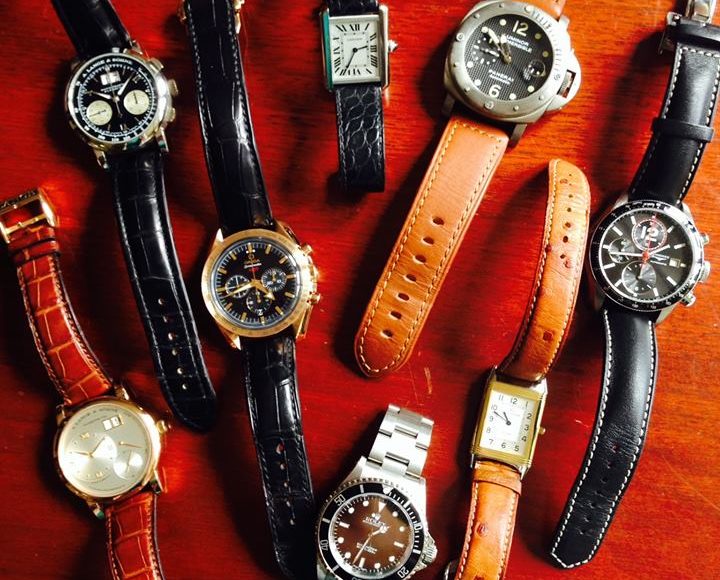It is about to be that infamous time of year again when we all lose an hour of sleep and have to change the time on all of our watches and clocks. It is time to Spring Forward again. This year, Daylight Saving Time falls on March 8th at 2:00am.
Daylight Saving Time was originally introduced in Europe in 1916 in an effort to save daylight hours. The United States adopted the practice in 1918 after the urging of Robert Garland, a Pittsburgh industrialist. President Woodrow Wilson signed Daylight Saving Time into law in 1918 in an attempt to aid the war efforts. In 1919, Congress repealed President Woodrow’s act later after strong urging from the agrarian community. However, many cities and states continued to use the idea.
During World War II, Daylight Savings Time was once again implemented to aid war efforts. However, it was given the name “War Time.” After the war, communities could choose whether or not they wanted to continue with Daylight Saving Time. Because the country was not all at the same time, it led to great amounts of confusion. In 1966, Congress passed the “Uniform Act of 1966” which required the entire country to adhere to Daylight Saving Time.
Throughout the years, the rules around Daylight Saving Time have altered, with the beginning and ending dates often changing. These changes are typically made in reaction to any crisis occurring in the country, such as the Emergency Daylight Saving Time Energy Conservation Act of 1973 signed into act by President Nixon.
Due to Energy Policy Act of 2005, Daylight Saving Time in the United States starts at 2:00am on the second Sunday of March and ends at 2:00am on the first Sunday of November. This year, those dates are March 8th and November 1st.
While Daylight Saving Time is now fairly consistent throughout the United States, many countries throughout the world do not use Daylight Saving Time. Most parts of Africa and Asia do not implement DST, while all of North America and most of Europe do observe it (Arizona and Hawaii are the only two American states that do not observe Daylight Saving Time). The main reason that countries in Asia and Africa do not observe Daylight Saving Time is because they are located closer to the equator and experience hot summer days and plenty of sunshine throughout the days. These countries have no need to conserve hours of daylight like other countries that are further from the equator. Research shows the those living in rural areas often oppose Daylight Saving Time as it means darker mornings. The opposite is true for metropolitan areas, as they are typically in favor of Daylight Saving Time. Daylight Saving Time allows cities to conserve energy at night.
With Daylight Saving Day just a few days away, watch collectors will bring their watches out to change them to the accurate time. It may also be a great time to bring out some watches that you have not worn in a while!

Get More Articles Like This in Your Inbox
We're constantly creating great content like this. So, why not get it delivered directly to your inbox? By subscribing you agree to our Privacy Policy but you can unsubscribe at any time.






